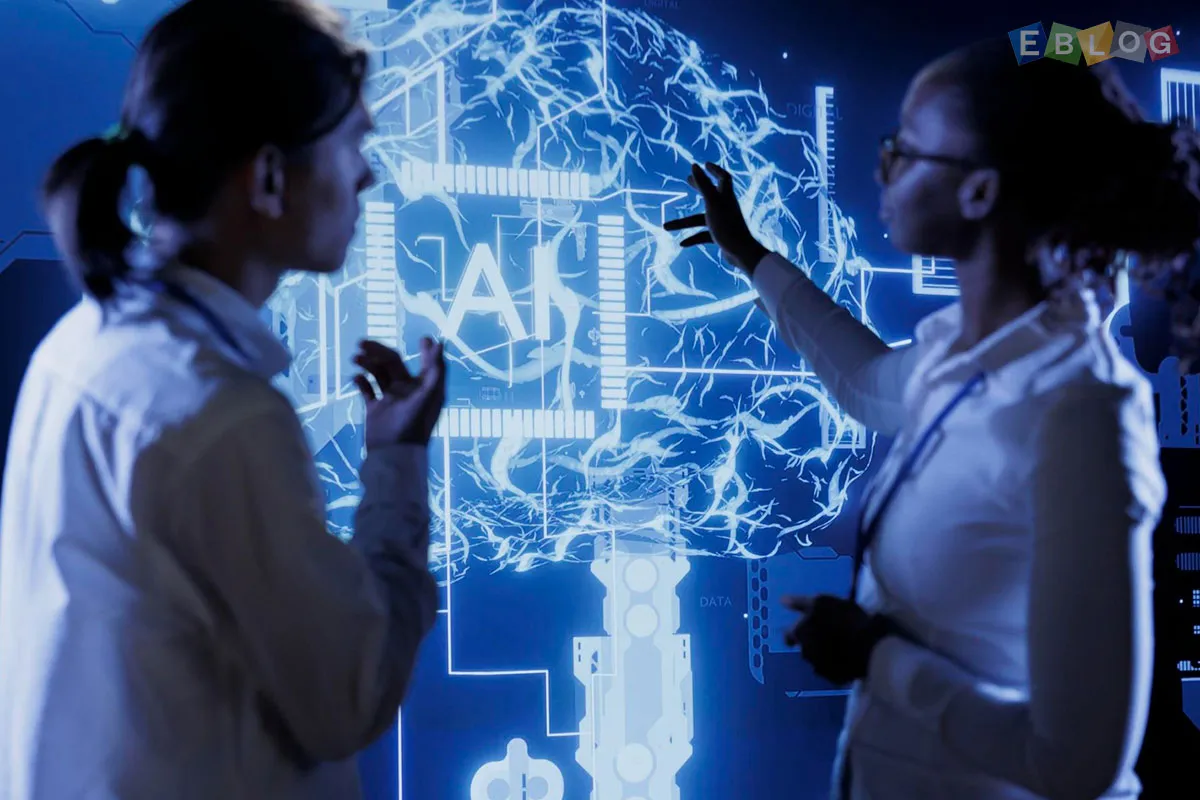
Artificial Intelligence & Machine Learning
- 14 Sep, 2025
- Education
- 145 Views
- 0 Comments
Artificial Intelligence (AI) and Machine Learning (ML) are no longer just buzzwords—they are driving forces shaping industries, economies, and everyday life. From powering voice assistants to detecting fraud in banking, these technologies are revolutionizing how we live, work, and interact with the world.
1. Understanding AI and ML
a. Artificial Intelligence (AI): The broader concept of machines simulating human intelligence. AI systems are designed to think, reason, and make decisions like humans.
b. Machine Learning (ML): A subset of AI that enables systems to learn from data, recognize patterns, and improve performance over time without being explicitly programmed.
c. Together, they create powerful tools capable of adapting and evolving in ways that traditional software cannot.
2. Real-World Applications
a. Healthcare: AI aids in disease diagnosis, predicts patient outcomes, and personalizes treatment plans.
b. Finance: ML algorithms detect fraudulent transactions and optimize trading strategies.
c. Retail: Personalized product recommendations and customer behavior analysis improve shopping experiences.
d. Transportation: Self-driving cars and traffic management systems enhance safety and efficiency.
e. Content Creation: AI-powered tools generate text, images, music, and videos, transforming creative industries.
3. Benefits of AI & ML
a. Efficiency: Automating repetitive tasks saves time and resources.
b. Accuracy: Data-driven insights reduce errors in decision-making.
c. Scalability: Systems can handle massive volumes of data that humans cannot process alone.
d. Personalization: AI tailors products, services, and experiences to individual needs.
4. Challenges and Concerns
a. While AI and ML bring immense opportunities, they also pose challenges:
b. Bias in Algorithms: If trained on biased data, systems may produce unfair outcomes.
c. Job Displacement: Automation may replace certain human roles, demanding upskilling and reskilling.
d. Privacy Issues: AI often relies on vast amounts of personal data, raising ethical concerns.
e. Transparency: Complex algorithms can act as "black boxes," making it hard to explain their decisions.
5. The Future of AI and ML
The future lies in human-AI collaboration—where AI takes over repetitive tasks while humans focus on creativity, empathy, and strategy. As research progresses, we’ll see smarter healthcare systems, more sustainable energy management, advanced robotics, and safer autonomous systems.
6. Final Thoughts
Artificial Intelligence and Machine Learning are not just technological trends; they are reshaping the very foundation of modern society. Their potential is limitless, but so are the responsibilities that come with them. To build a future where AI benefits everyone, innovation must go hand in hand with ethics, transparency, and inclusivity.















Leave a Reply